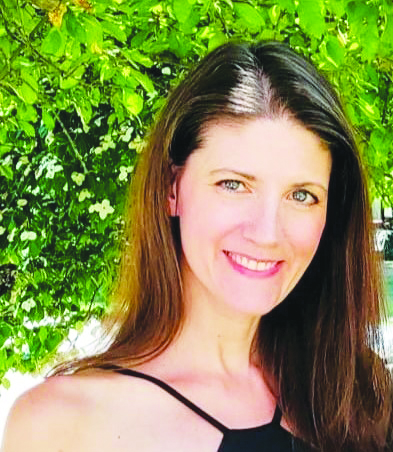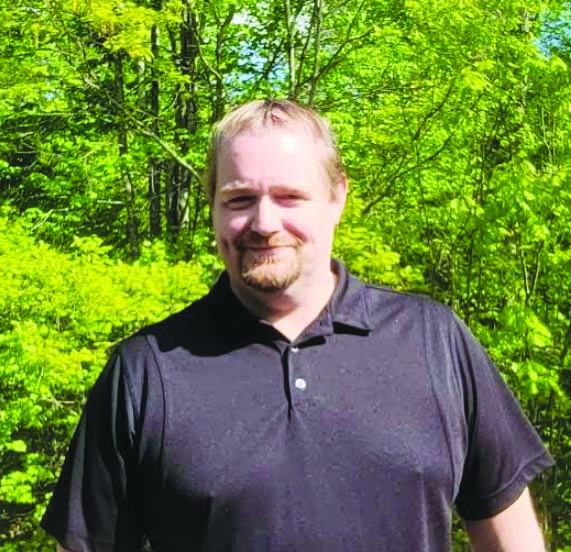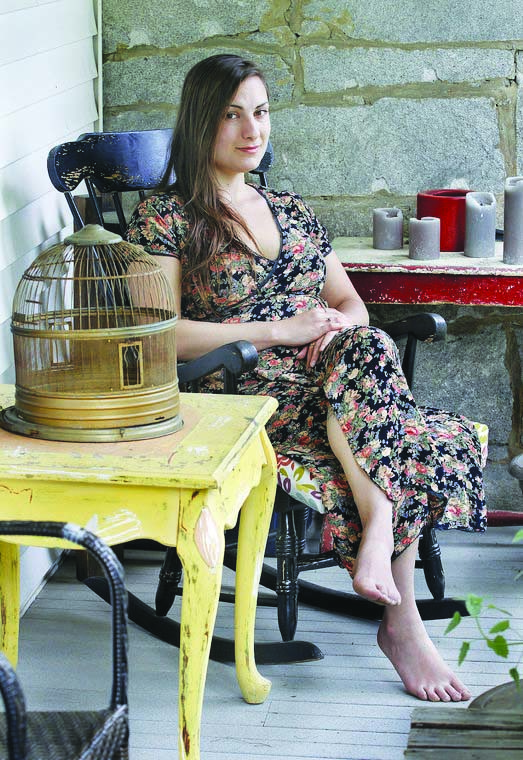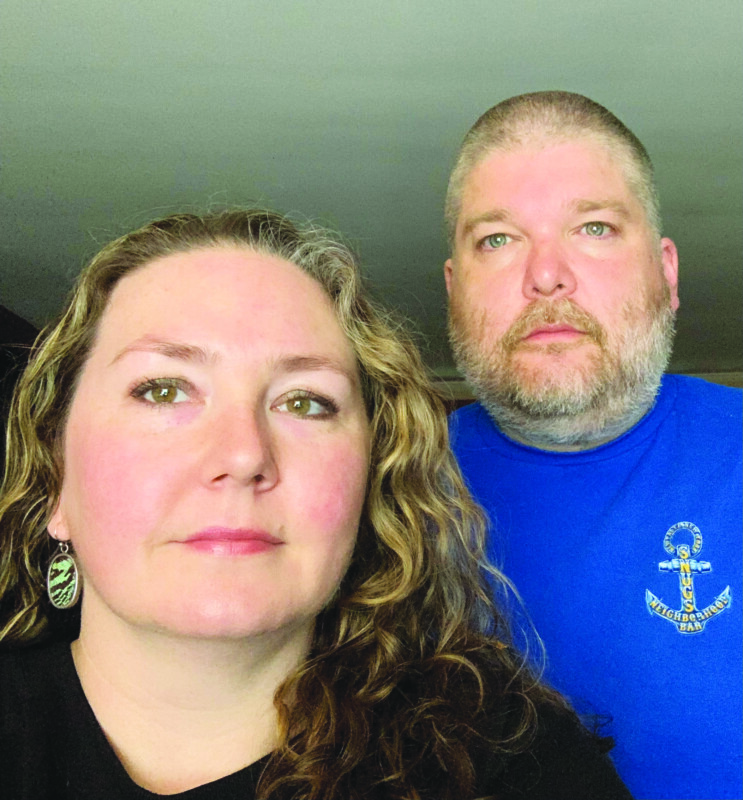Jill Piscitello discusses her new novel, A Sour Note
Author Jill Piscitello talks about her new mystery novel set in Hampton Beach, A Sour Note.
What is A Sour Note about?
A Sour Note features Maeve Cleary, an unemployed event coordinator, coming to terms with the public end to her engagement with a famous morning news host. Thanks to a social media darling’s corpse turning up behind her mother’s music school, Maeve’s plan to recover in the privacy of her childhood home is upended. As suspicion surrounds her and a few friends, media interest peaks again. While following a trail of clues, she fends off help from a clairvoyant cousin, butts heads with a no-nonsense detective and toys with the idea of allowing a bit of romance back into her life.
What inspired you to set this story in Hampton Beach?
My family has visited Hampton for decades. The Natural Resources Defense Council included Hampton Beach on its list of safest and cleanest beaches in the country several times, and the April 2023 issue of Country Living named it one of the eight “classic beach boardwalks.” … I was walking along a stretch of ocean when the idea for A Sour Note first arose. What better place for a mystery than a beach setting offering more than a scenic view? Sure, the beach is beautiful. However, it’s the people, food and entertainment that create a buzzing hive of activity to fill pages with.
How did you incorporate the unique atmosphere of Hampton Beach into the story? How did you strike a balance between the light, summery setting and the tension and suspense required for a mystery?
Hampton Beach is unique because it offers something for everyone. Arcades and a stretch of playground entertain children for hours, adults have endless choices for food, and live music plays every night. The sun, sand and sights set a carefree background in stark contrast to Maeve’s dangerous search for a murderer.
How did you blend the book’s magical elements with the grounded reality of the murder investigation?
A large percentage of people believe in some aspect of psychic ability. Many claim to experience premonition or déjà vu. Maeve wavers between skepticism of her cousin Calista’s clairvoyance and entertaining the idea she might have a gift. Though I enjoy reading paranormal cozies, I wanted a story that people could relate to. Doesn’t everyone know someone who claims to ‘have a feeling?’
What motivated you to venture into the mystery genre? How did you approach writing a mystery compared to your previous works?
My previous books fell within the sweet holiday romance genre. I love watching couples find their way to happily ever after and am a huge fan of the Hallmark Channel. … I plan to revisit the romance genre as an author, but in my heart, I’ve always wanted to write mysteries. I’m not sure who is more responsible for this aspiration — my mother for introducing me at 12 years old to Mary Higgins Clark, or the author herself for sucking me into each and every word of the books that kept me reading late into the night. Writing the first draft required a significant amount of planning and research. In romance novels, shifting back and forth between the two main characters is easier than balancing a larger cast of voices demanding to tell their own stories.
What do you hope readers will take away from A Sour Note in terms of entertainment and emotional resonance?
I’m hoping readers enjoy an intriguing tale filled with unexpected twists, friendship, strength, love and likable characters they look forward to revisiting time after time.
Can you give us a glimpse into what readers can expect in the next two books of the series?
The second book will be set during the fall after most of the tourist crowd has left for the season. Calista will have a much larger role in the story. The third mystery is still in the outlining stage, but we will see Maeve’s mother pursuing a romantic relationship while her daughter solves another case.
Featured photo: Jill Piscitello. Courtesy photo.






